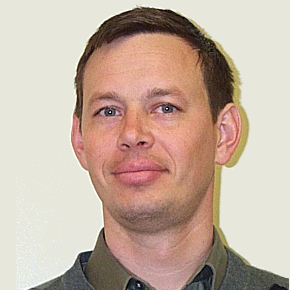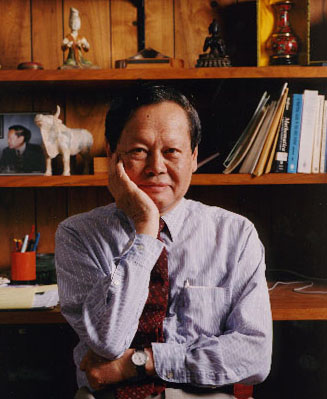
DMITRI TSYBYCHEV
Professor
Physics and Astronomy
dmitri.tsybychev@stonybrook.edu | (631)-632-8106, Physics D-135
Curriculum Vitae. (Last updated: 2023 Mar 20)
Biography
Dmitri Tsybychev is a Professor at Stony Brook University. He got his Ph. D. From
University of Florida, Gainesville in 2004. He participated in CDF and DZero experiments
at Tevatron proton antiproton collider at Fermi National Laboratory. He joined the
ATLAS experiment in 2008, which along with CMS experiment in 2012 made a historic
discovery of the Higgs boson.
Research Statement
My primary research interests concentrate on studies of fundamental particles and
their interactions, conducted at highest energy and intensity particle colliders.
I am pursuing studies of processes well predicted by the Standard Model (SM) of particle
physics and searches for new physics in leptons, jets, including jets originating
from heavy flavor quarks, and missing transverse momentum (MET) signature. My long
term physics goal is to understand the mechanism responsible for symmetry breaking
of the electroweak sector of SM through the study of scattering of longitudinally
polarized W bosons and study of the Higgs boson properties. To that extent, I am currently
working on the ATLAS Experiment as members of ATLAS collaboration, a large international
group of physicists collecting data from proton-proton collisions at center-of-mass
energies of 7-14 TeV, the highest collision energy in the world at CERN’s (European
Center for Nuclear Research) Large Hadron Collider (LHC) near Geneva, Switzerland.
I became a member of ATLAS collaboration upon joining the faculty at Stony Brook University.
I am an expert in the charged-particle tracking devices based on silicon semiconductors,
which are of the vital importance for such research. Earlier, as a member of the D0
collaboration, at Fermi National Laboratory, I studied physics of B meson decays,
with the aim of understanding asymmetries in matter-antimatter behavior as well as
place constraints on new physics phenomena.
|
|
|


